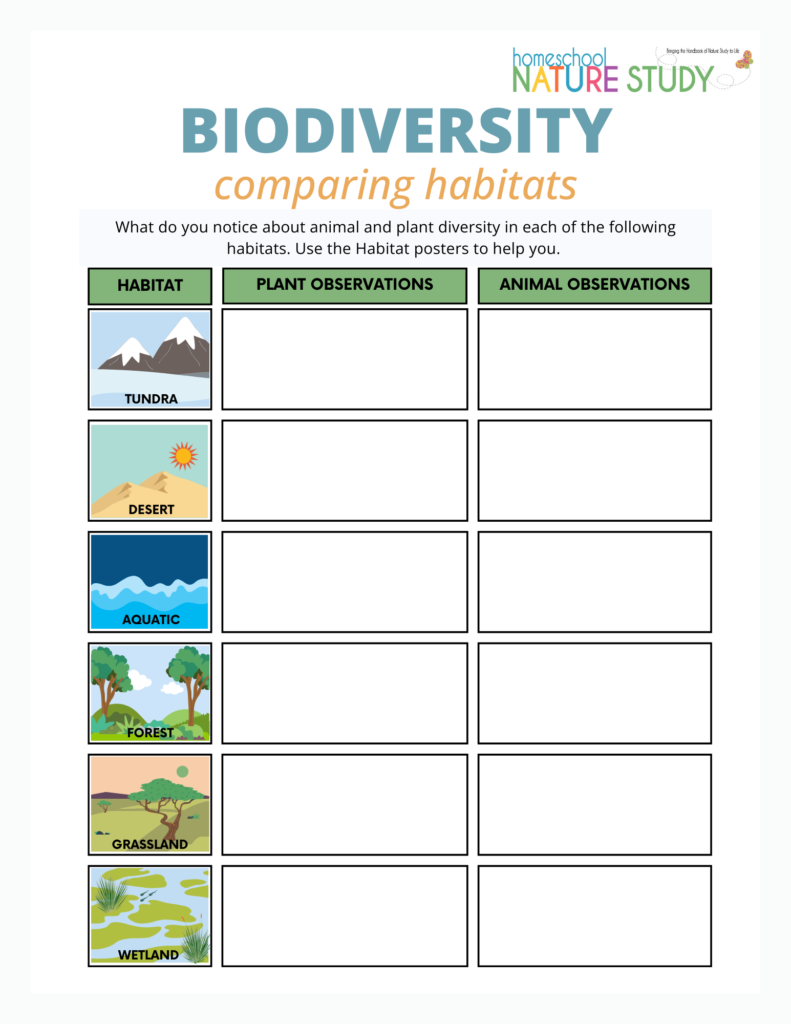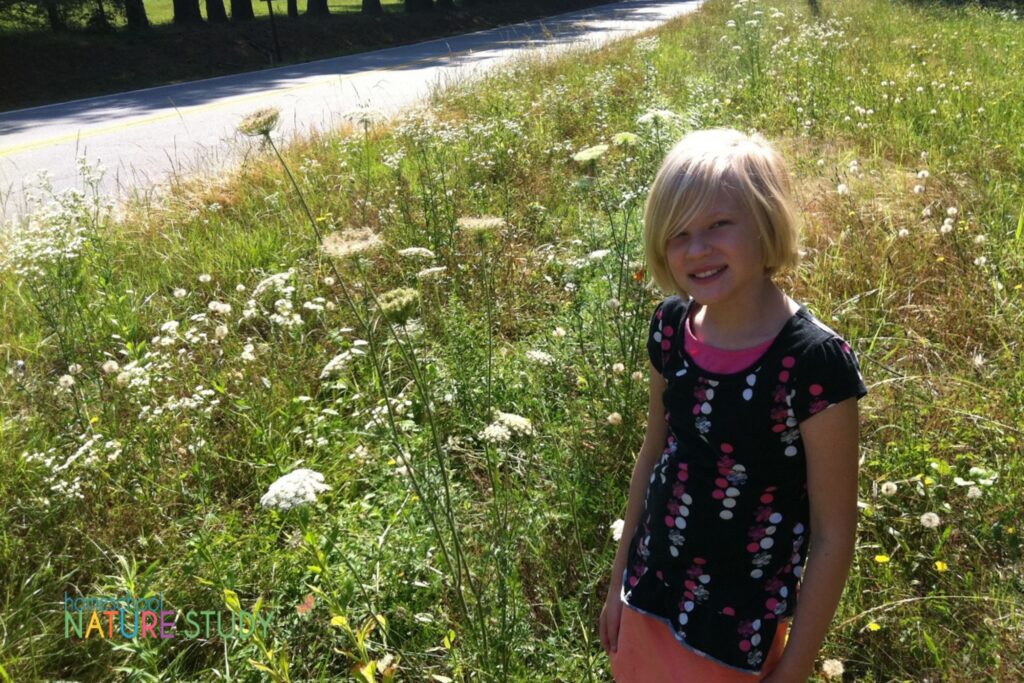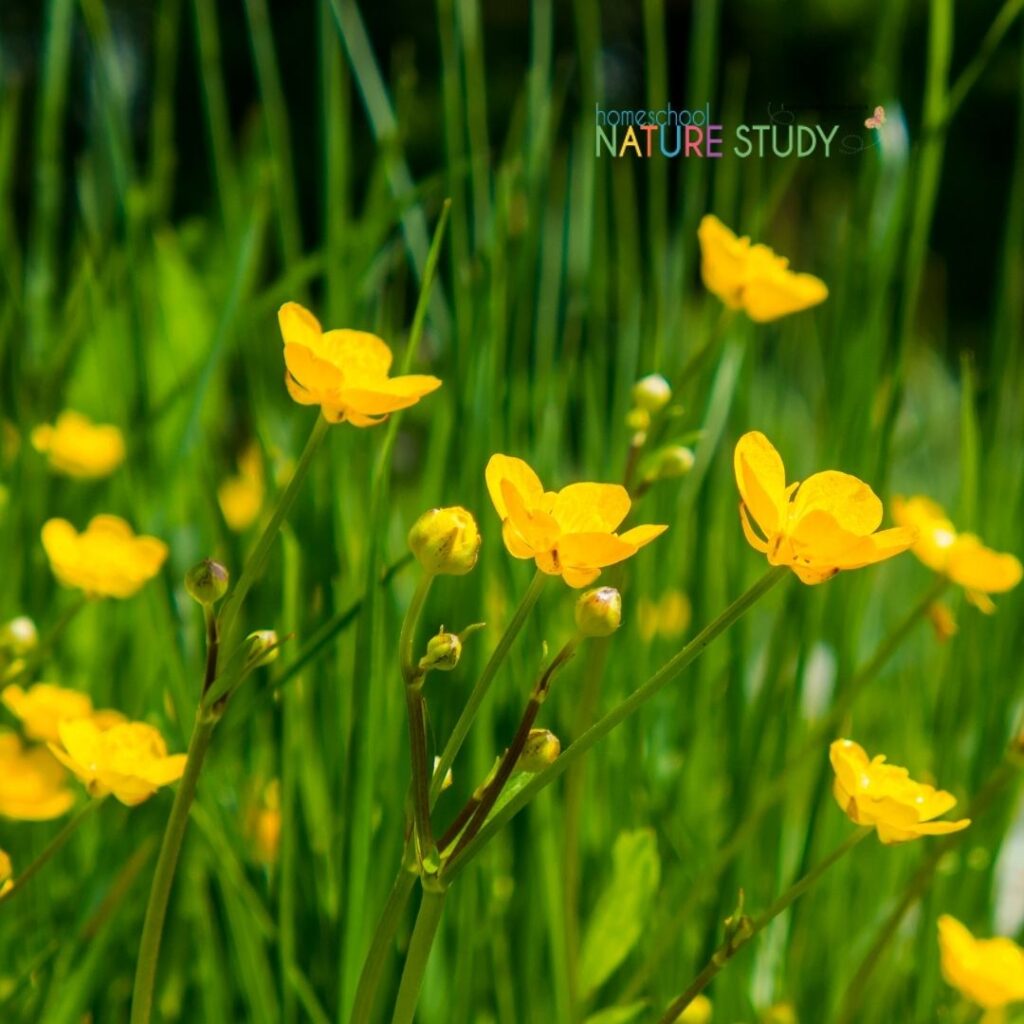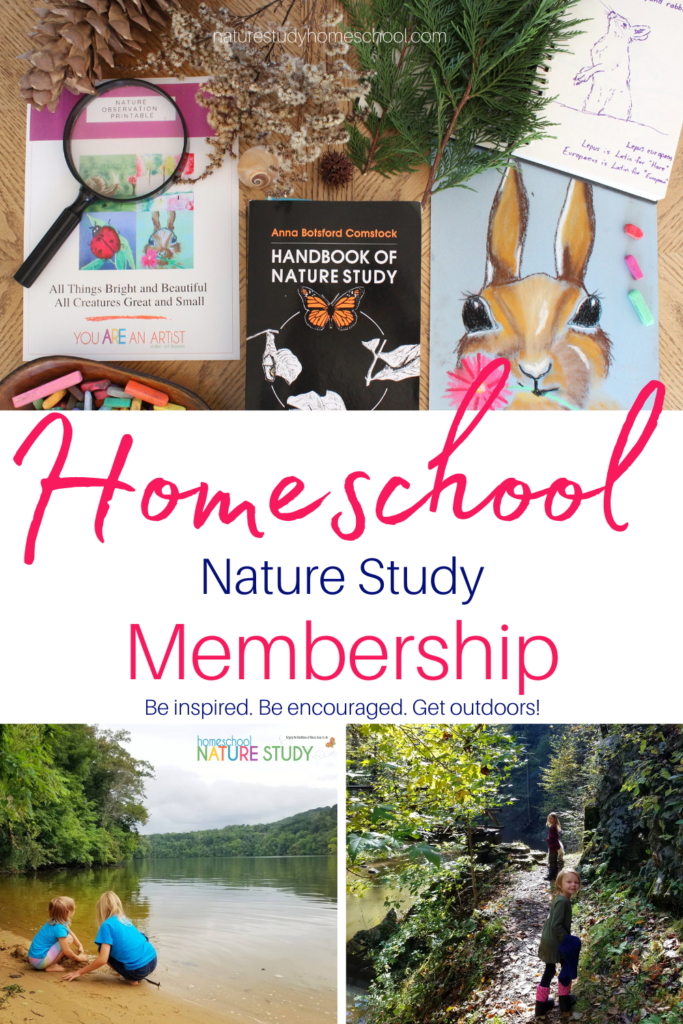America’s Prairies and Grasslands Resource is a great book for your Nature Study. Learn about the Great Plains, animals, and free worksheets.

If you live in the prairies of North America or are interested in learning more about this rich and valuable habitat, you can read all about them in America’s Prairies and Grasslands-A Guide to Plants and Animals by Marianne D. Wallace. This book describes the unique habitat with words and beautiful pictures.
Where are America’s prairies and grasslands?
In the United States you will find prairies and grasslands in North Dakota, South Dakota, Montana, Nebraska, Kansas, Oklahoma, Texas, Wyoming, Colorado, and New Mexico. And the Canadian provinces of Alberta, Manitoba, and Saskatchewan make up the Great Plains.
Using America’s Prairies and Grasslands in Your Nature Study Activities
I love the Handbook of Nature Study by Anna Botsford Comstock but she wrote the book featuring plants and animals of her local habitat in upstate New York. Many of us live in very different habitats and to supplement our nature study we draw on other resources that discuss plants and animals we see in our neighborhoods.
America’s Prairies and Grasslands will appeal to many families because it helps us look deeper into things we see every day and maybe don’t appreciate.
America’s Prairies and Grasslands Overview
This book uses maps to show where different prairies and grasslands are located in the United States. Visual spatial learners will benefit by looking at the maps or even recreating them in their nature journals. When I was homeschooling my boys, I always appreciated the opportunities to draw connections between different academic subjects and using geography alongside your nature study will make it more meaningful.
A great way to use this book is to go through each of the six major grasslands one at a time: tallgrass prairie, mixed-grass prairie, shortgrass prairie, Palous prairie, California Valley grassland, and semi-desert grassland.
For each of the six grasslands, you can do the following steps.
- Read the narrative.
- Look at the map.
- Look at the two page colored illustration.
- Pick a plant or animal to learn more about using information in the back of the book, your own nature library, or online resources.
- Wrap up your study with a nature journal page.
Take a week for each grassland or if you live in a particular grassland, why not stretch it to an entire school year by taking a plant or animal each week? Use the index in the back of the book to see just how many topics you find of interest to your family. Check the Homeschool Nature Study website using the tabs at the top to find any Outdoor Hour Challenges for selected topics to use alongside the America’s Prairies and Grasslands book.

Learning About The Animals of the Great Plains
The Great Plains is home to numerous interesting animals including: bison, black-footed ferrets, pronghorn, grouse, prairie dogs, elk, big horn sheep, bears, turkeys, and mountain lions – just to name a few!
Learn About Other Habitats and Biomes
Use these resources to learn about the various habitats and biomes!
Homeschool Nature Study Members have unlimited access to the printable library. You can download the Habitats and Comparing Habitats worksheets to learn about other habitats around the world.


Seashore Activities and Worksheets – A trip to the beach can be a fun family time experience. When you add a few purposeful seashore observations, the trip can transform into beautiful long lasting memories.
How to Make Your Backyard a Natural Habitat for Wildlife – You will love having the opportunity to have nature come to you in your very own backyard. Involve your whole family in the project and spend some time outdoors!
Our High Desert course is included in membership and gives you a deep dive into the animals, plants and the vast variety of this habitat. It also includes advanced studies options for high school students. Here are some topics included:
- Bitterbrush
- Sagebrush
- Greater sage
- Grouse
- Succulents
- Mountain Lion
- Coyote
- Pocket Gopher
- Bristlecone Pine
- Elk
- Turkey Vulture
- Juniper
- Snowberry
- Golden Mantled ground squirrel
- River Otter
Join the Homeschool Nature Study Membership
There are so many benefits to joining. You will access our full range of curriculum, our interactive learning calendar as well as a homeschool nature study challenge for each week!
Original post written by Barb 2018, updated by Stef Layton 2024.















































